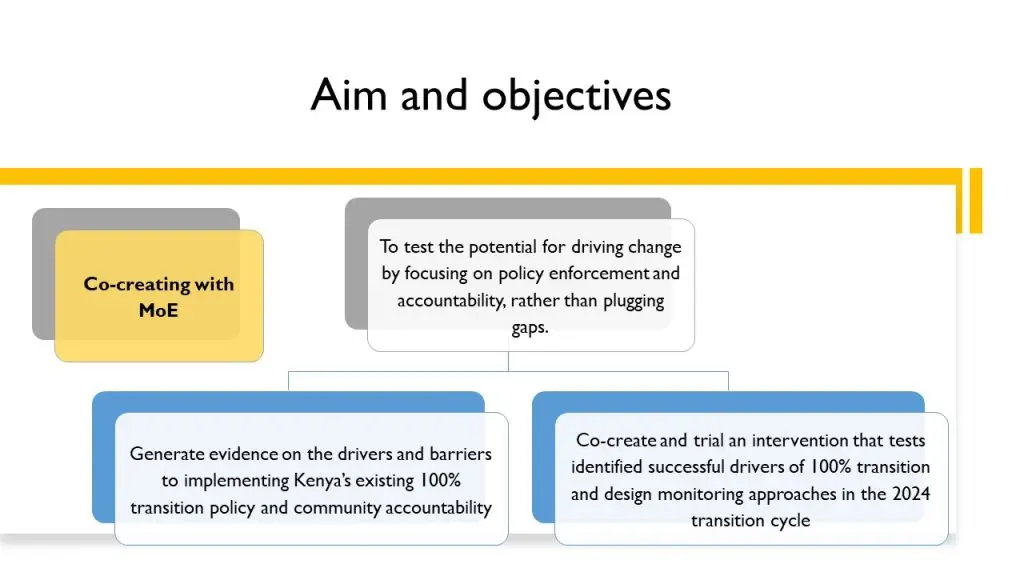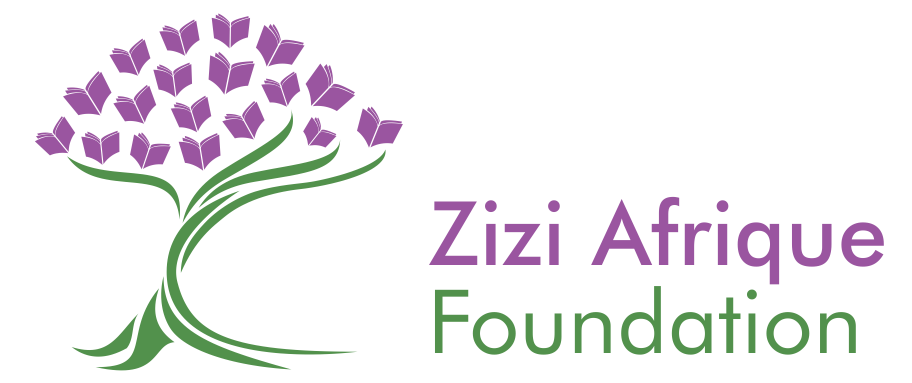POLICY LEARNING FOR UNIVERSAL SECONDARY EDUCATION(PLUS)
Evidence Generation and Learning
Kenya has made significant strides towards universal basic education through various interventions that respond to the Sustainable Development Goal (SDG) 4 (and the defunct MDGs), which calls for “inclusive and quality education for all”. Some of the efforts include the free primary education policy of 1997 and the Free Secondary Education policy beginning in 2008. However, more significant is the adoption of the 100% transition policy to ensure that all children who complete primary school transition into and complete their secondary school education. Since the enactment of the 100% transition policy in 2019, there has been significant government commitment and operationalization, including direct investment in school funding and national and county-level scholarships and bursaries. A multisector, multi-ministerial approach has been applied to drive the transition from primary to secondary school. The Ministries of Education and Interior Affairs have worked collaboratively, with the latter charging Chiefs and Assistant Chiefs with the responsibility of identifying learners who have completed primary school within their jurisdiction and following up on them to ensure their entry into secondary school; county governments have invested in enhancing education infrastructure and providing bursaries to learners in need.
The Problem
Despite the commitment and investments to ensure the success of 100% transition policy disparities at the sub-counties still exist. While the National-level transition rates give an impressive image, anecdotal evidence suggests a wide variance across the country. Eleven counties bear the full load of the shift by admitting more students. Transition rates in most other counties range from as low as 66% in Marsabit, 74 % in Tana River, and 79 % in Samburu. In addition, it’s likely that 200,000 or more kids each year won’t finish secondary school. Moreover, learning outcomes at the end of secondary education are differentiated, with the majority of learners in national schools qualifying to join University as compared to sub-county schools, which enrol more than two-thirds of students. In the 2022 KCSE analysis, less than 20% of the candidates scored C plus and above, while another 55% scored D plus and below. The latter were mainly from county and sub-county schools, underscoring the importance of ensuring quality learning for all children if we are deriving the full benefits of 100% transition.
Goal and objectives
PLUS aims to test the potential for driving change by focusing on policy enforcement and accountability, rather than plugging gaps. This will be achieved through:
- Generating evidence on the drivers and barriers to implementing Kenya’s existing 100% transition policy and community accountability
- Co-creating with the Ministry of Education and stakeholders and testing a community accountability intervention that tests identified successful drivers of 100% transition.

